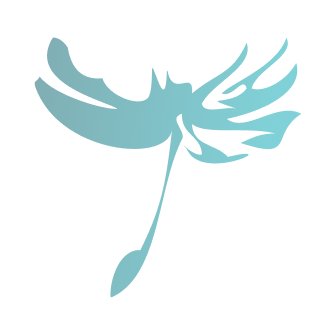Photographer: Andrea Blumtritt | Rights management: Ethnologisches Museum, Staatliche Museen zu Berlin
Attribution - NonCommercial - ShareAlike 4.0 InternationalQuadrupedal, feline predator-like sculpture with rattle balls and several small openings. The creature depicted has two opposing heads that turn away from each other. It has been smoothed, sanded, primed and painted. The primer and paint are heavily eroded. The pottery has a white-yellowish base colour, which was painted with black lines, ovals and dots. The decoration imitates the fur pattern of a cat of prey. Social significance: the object was possibly used as a vessel flute. Symbolic meaning: double-headed "jaguar figurines" are also reported from other regions of Costa Rica (e.g. Stone 1977, Fig. 205, 275). The object represents a mythical being that Bischof (1982: 9 ff.) associates with the consumption of hallucinogenic substances. Holmes (1888: 183) and MacCurdy (1911) refer to discs, trapezoids and squares with dots in their centres as scale or alligator motifs. However, the same decorations also occur in other animal groups. According to Holmes 1888: alligator ware. According to Lehmann: Chiriquí style. Cultural significance: Stone (1958: 48) reports that objects of this type were associated with iron objects in a burial. She therefore assumes that these ceramics were still being produced in the Diquís region (Pacífico Sur) after the arrival of the Spanish conquistadors. (Künne 2004)
Cataloguing data
Depth: 10,8 cm
Width: 4,5 cm










